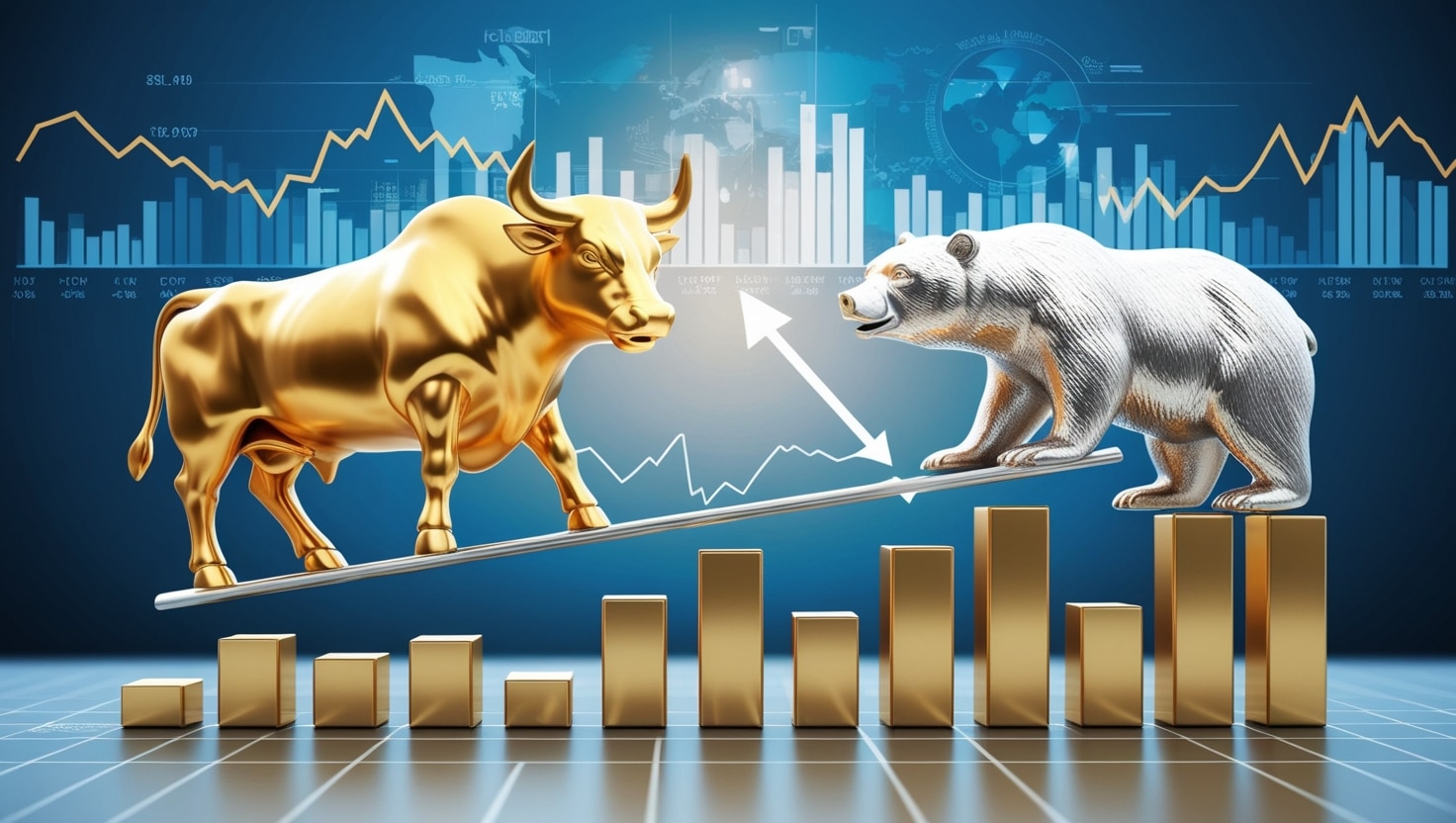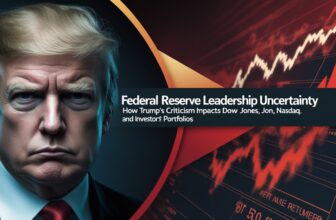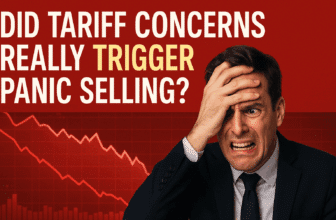
The Stock Market has faced significant volatility in recent months, and investors remain watchful, wondering if we’ve truly reached the bottom. Analyzing factors such as economic growth, inflation expectations, and interest rates provides crucial guidance for investors attempting to stay ahead of market turns.
Studying Past Market Bottoms
Understanding historical market patterns like the 2008 crisis or the rapid rebound from the 2020 pandemic dip can shed light on today’s Stock Market trends. For instance, after the 2008 downturn, stock values took years to recover fully, whereas the 2020 recovery occurred unusually quickly.
Comparing these periods offers important perspectives, considering both the Dow Jones Industrial Average Index and the broader S&P 500 today. These examples show how economic forces and investor moods dictate market recovery.
Factors Affecting the 2025 Market Bottom
Several important developments in 2025 have shaped forecasts regarding the current Stock Market bottom:
- The World Bank’s January 2025 report forecasts global economic growth at 2.7%, suggesting stable global conditions that are typically favorable for market stability.
- According to the U.S. Bureau of Labor Statistics, the U.S. inflation rate moderated to 2.1% as of March 2025, meeting the Federal Reserve’s ideal target. Such stable inflation tends to boost investor confidence, making market stabilization more probable.
- The Federal Reserve, during their April 2025 meeting, indicated a willingness to pause interest rate hikes. They even hinted at potential rate cuts later this year if economic indicators justify adjustments. Lower rates could spark economic activity and encourage a Stock Market rebound.
- A recent AAII investor sentiment survey from April 2025 revealed bullish sentiment rising to 42%, and bearish worries easing to around 35%. Gradually improving investor confidence can serve as an early sign of markets approaching equilibrium.
- S&P Global’s 2025 first-quarter evaluation highlighted average year-over-year earnings growth of 5.2% among companies in the S&P 500 today. Strong profits could underpin a market floor, laying groundwork for upward momentum.
Expert Opinions on the Market Outlook
Prominent economists and market authorities have recently offered their perspectives on potential bottoms in the current Stock Market scenario:
- Mohamed El-Erian from Allianz advises carefully observing fiscal policy developments worldwide and expects markets to stabilize by mid-2025 if economic policies remain predictable.
- The Wall Street Journal’s Jeremy Siegel references historical rebounds, believing the market will likely see recovery signs more clearly defined by late 2025.
- Meanwhile, Janet Yellen emphasizes ongoing policy vigilance, citing inflation and the Federal Reserve’s monetary adjustments as key signals. She forecasts market stabilization by Q3 of 2025.
When I first ventured into stock investments during the volatile months after the 2008 crisis, countless seasoned investors advised patience. Today feels somewhat similar. Market bottoms rarely announce themselves openly, and as any investor learns over time, timing is not easily mastered.
Watching data about the Dow Jones Industrial Average live or the daily shifts in DJIA futures might be essential, but sometimes stepping back and observing larger economic signals is equally crucial.
The Road Ahead for Investors
The reality is, pinpointing the precise Stock Market bottom is challenging—even experts differ in their forecasts. Yet, consistently positive indicators like moderated inflation, global growth stability, reduced bearish sentiments, and solid corporate earnings offer promising foundations for recovery this year.
In financial markets, the ability to read ongoing economic conditions and investor moods can provide clearer lenses than trying to predict precise trading dates. Investors should keep their strategies adaptable, cautious yet optimistic, watching ongoing Stock Market trends as 2025 progresses.















